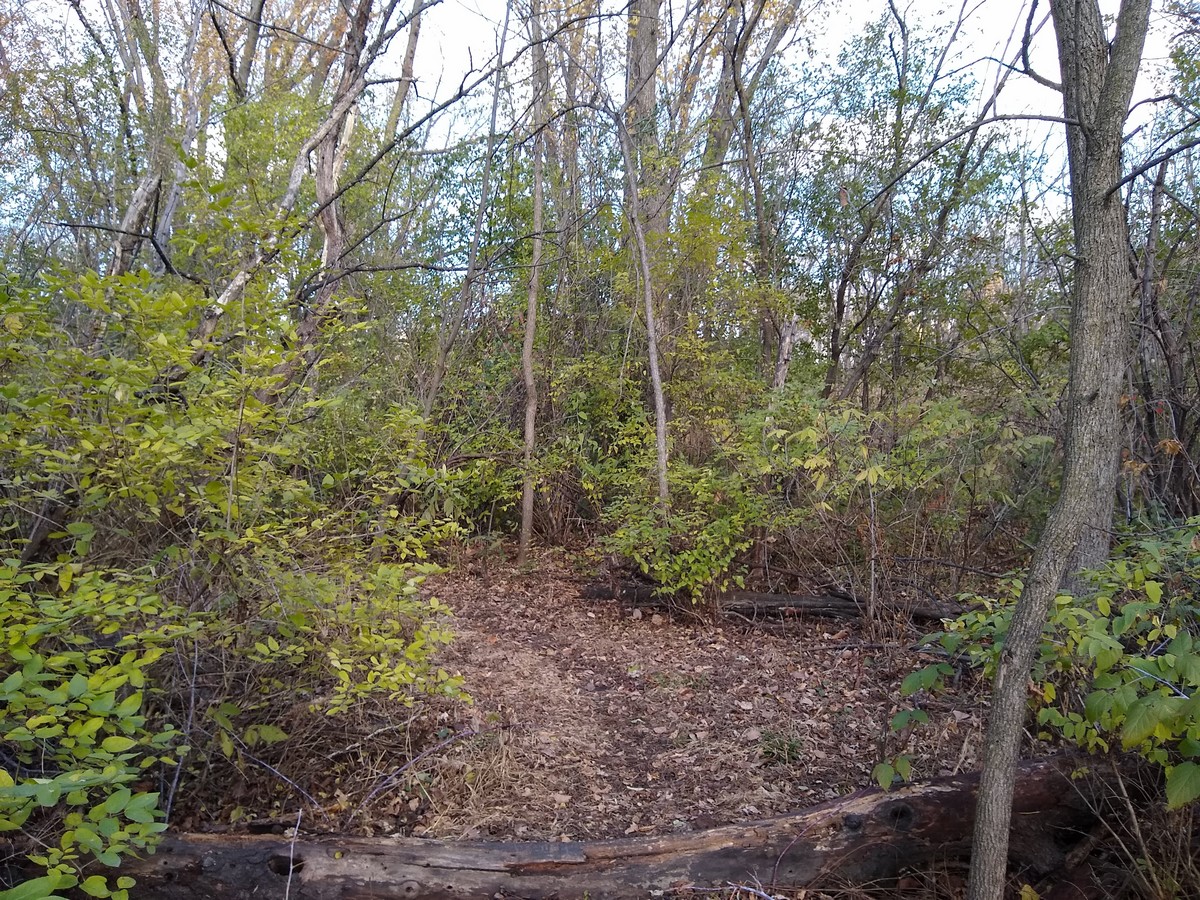Northfield’s Prairie Potholes
Rarely do you ever see only one drop of water. In a state like Minnesota, you usually see many, many more, say, in a pond, in a river, and in a lake. These all hold the wonder of adventure. There’s something calming and peaceful about a body of water unless you happen upon one hidden in the middle of a corn field or a stand of trees. Then it is something more—it is mysteriously inviting. There it is, surrounded by grasses and sedges or shrubs and trees. Perhaps you are welcomed by the local population of chorus or wood frogs or maybe just a few traveling mallards or red-winged blackbirds enjoying the quiet of the place.
So, what is this exactly, this hidden wonder? Indeed it is more than a sidewalk puddle. It is part of the world of wetlands. Wetlands are slow moving waters that vary in size and type but each has an important role to play in our natural world. The Cannon River Watershed, one of over 80 in the state, runs through Rice County and consists of the Cannon and the Straight River Systems. There you will find lakes, streams, and reservoirs, and a landscape of farms, open fields, woods, and wetlands made up of wet meadows, swamps, and marshes. Wetlands such as seasonally flooded lands, sloughs, and swamps serve as a buffer along moving bodies of water that may otherwise flood or erode land. The extra water has somewhere to sit while it slowly filters into the ground, allowing host plants to remove pollutants from the water.
Marshes are water-filled basins and are common throughout the state. Their open water and plant life provide food and undisturbed resting places for migrating birds. In southern Minnesota, marshes are known as prairie potholes named from the millions of shallow depressions believed to have been made after the last ice age all over the prairie region of the Great Plains. According to ducks.org, these water-filled potholes have been found to be “rich in plant and aquatic life, and support globally significant populations of breeding waterfowl.” St. Olaf Natural Lands contain fifteen wetlands hosting a variety of waterfowl and amphibians as well as prairie and woodlands. Nearby, you will find a local prairie pothole at Carleton College, the Kettle Hole Marsh in the Cowling Arboretum where you will find an important breeding ground for frogs and toads. Sibley Marsh and Prairie, a 5.5-acre preserve adjacent to Spring Creek Elementary School in Northfield, is on the eBird Rice County Top Hotspots for bird watching. It is an environmental science outdoor lab preserved in 1971 to be studied and enjoyed by the community as well as students.
The area watersheds have much to offer their nearby communities in maintaining public health, recreation, and appreciation. They also need everyone’s help to protect and manage the quality of the bodies of water that drain into them. Learn firsthand what you can do to help clean the Cannon River or how you may become involved in local events sponsored by groups like Clean River Partners. Explore the wetlands and prairies nearby and see for yourself what they have to offer. Don’t forget your camera.

